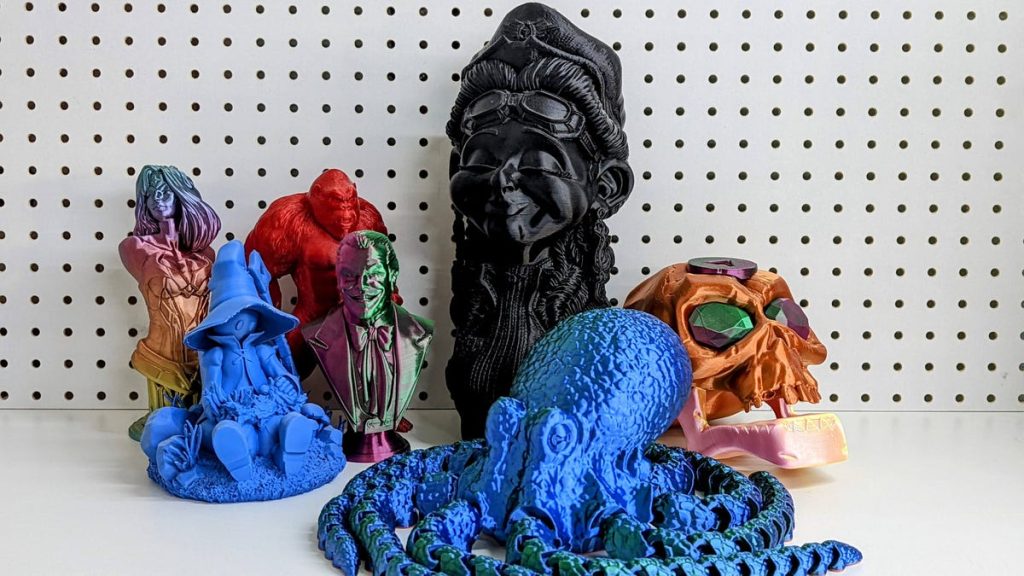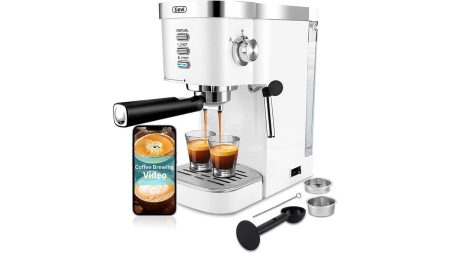Testing of 3D printing filaments focuses on several key aspects: dimensional accuracy, winding precision, and print quality. Winding precision is visually assessed to ensure that the filament on the spool is free of crossovers that could cause printing issues. Print quality is evaluated using a calibration test to identify roughness or missing filament that may indicate contamination.
Dimensional accuracy is crucial as variations in filament diameter can lead to over- or under-extrusion during printing, resulting in scarring or failed prints. To test this, a 5-meter piece of filament is measured at the beginning, middle, and end of the roll, with the diameter measured at four points on each section. The average of these measurements should be consistent with the standard 1.75mm filament size, with a variance of up to 0.03mm considered acceptable for good quality filament.
The goal of these tests is to ensure that the filament is of high quality and will produce reliable and accurate 3D prints. By assessing dimensional accuracy, winding precision, and print quality, potential issues such as clogs, jams, or poor adhesion can be identified and addressed before they affect the printing process. This attention to detail in filament testing helps to optimize the performance of 3D printers and enhance the overall printing experience for users.
In addition to these tests, other factors such as moisture absorption, brittleness, and color consistency may also be evaluated to further assess the quality of the filament. Maintaining strict quality control measures throughout the manufacturing process is essential to producing consistent and reliable filament for 3D printing applications. By testing for these key attributes, users can have confidence in the performance of the filament and achieve better results in their 3D printing projects.
Overall, the testing of 3D printing filaments plays a critical role in ensuring the success of 3D printing projects. By carefully evaluating factors such as dimensional accuracy, winding precision, and print quality, users can select high-quality filaments that will enhance the performance of their 3D printers. Through systematic testing and quality control measures, manufacturers can provide reliable and consistent filament products that meet the needs of the growing 3D printing community.














